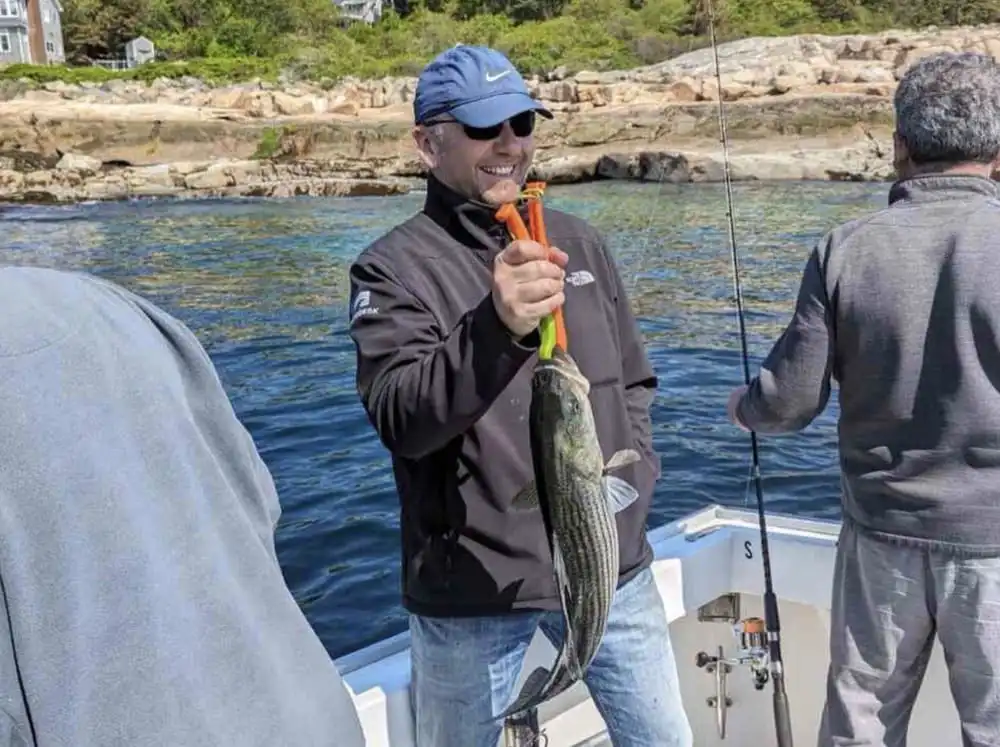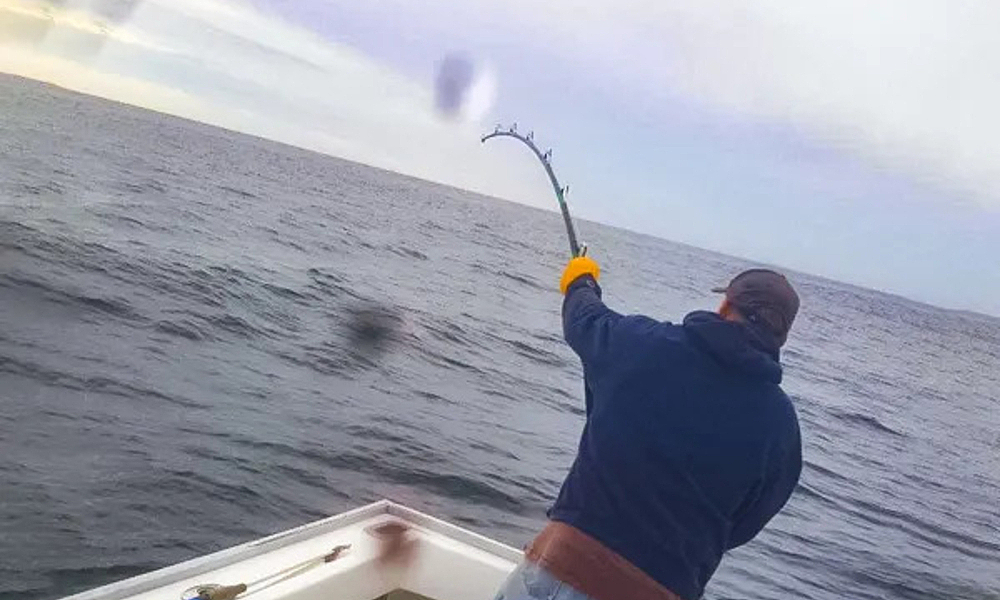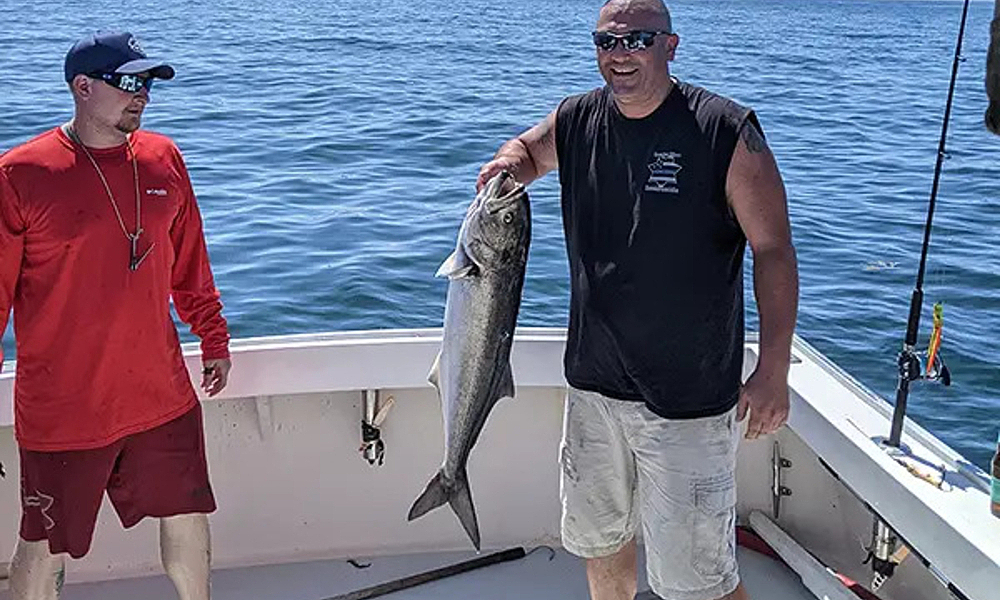How to Identify Fish Species Commonly Found in Gloucester Waters
Identifying fish species in Gloucester waters is an essential skill for any angler. Whether you're a seasoned fisherman or new to the sport, knowing what you've caught enhances your fishing experience and helps with conservation efforts. This information will help you recognize common fish species found in Gloucester's rich marine environment.

Key Features for Fish Identification
When identifying fish, pay attention to these characteristics:
- Body shape: Is it long and slender, or deep-bodied?
- Fin placement and shape: Look at the dorsal, pectoral, and tail fins
- Color patterns: Note any stripes, spots, or distinctive markings
- Mouth structure: Is it upturned, downturned, or straight?
- Scale size and pattern: Are they large or small, rough or smooth?
Common Fish Species in Gloucester Waters
| Species | Key Identifying Features | Habitat |
|---|---|---|
| Striped Bass | Dark horizontal stripes, large scales | Inshore waters, rocky coastlines |
| Bluefin Tuna | Torpedo-shaped body, dark blue back | Offshore waters |
| Cod | Distinctive barbel on lower jaw, spotted body | Bottom dweller, various depths |
| Haddock | Black "thumbprint" above pectoral fin | Cold, deep waters |
| Bluefish | Blue-green back, forked tail, sharp teeth | Pelagic, found at various depths |
Detailed Species Identification Information
1. Striped Bass (Morone saxatilis)
- Body: Elongated, silvery with dark horizontal stripes
- Size: Typically 20-40 inches, can grow larger
- Distinctive features: 7-8 dark stripes along the sides
2. Bluefin Tuna (Thunnus thynnus)
- Body: Torpedo-shaped, metallic blue on top, silvery below
- Size: Can exceed 500 pounds in Gloucester waters
- Distinctive features: Short pectoral fins, yellow caudal finlets
3. Atlantic Cod (Gadus morhua)
- Body: Brown or green, with spots and a pale lateral line
- Size: Usually 10-20 pounds in catch
- Distinctive features: Barbel on lower jaw, three dorsal fins
4. Haddock (Melanogrammus aeglefinus)
- Body: Dark grey or black back, white belly
- Size: Typically 2-5 pounds
- Distinctive features: Black "thumbprint" above pectoral fin, black lateral line
5. Bluefish (Pomatomus saltatrix)
- Body: Blue-green on top, silvery on sides
- Size: Usually 3-10 pounds in Gloucester waters
- Distinctive features: Large mouth with sharp teeth, forked tail
Tips for Accurate Fish Identification
- Use a fish identification resource: Keep a local reference handy on your fishing trips
- Take clear photos: Capture images of your catch for later reference or verification
- Measure your catch: Size can be a key factor in species identification
- Observe behavior: How the fish swims or feeds can provide clues to its species
- Ask local experts: Experienced anglers and charter captains can offer valuable insights
Conservation and Regulations
Proper fish identification is crucial for following local fishing regulations:
- Know the minimum size limits for each species
- Be aware of catch limits and seasons
- Practice catch and release for protected or out-of-season species
- Report any unusual or rare species sightings to local authorities
Enhance Your Fishing Experience with Tuna Tail Charters
Fishing with Tuna Tail Charters offers an opportunity to learn from experienced captains who can help you identify various fish species in Gloucester waters. The team's knowledge of local marine life ensures an educational and exciting fishing experience.
Ready to test your fish identification skills on the waters of Gloucester? Book a fishing charter with Tuna Tail Charters. Contact Tuna Tail Charters at 978-905-6200 to plan your fishing charter today.
‹ Back








